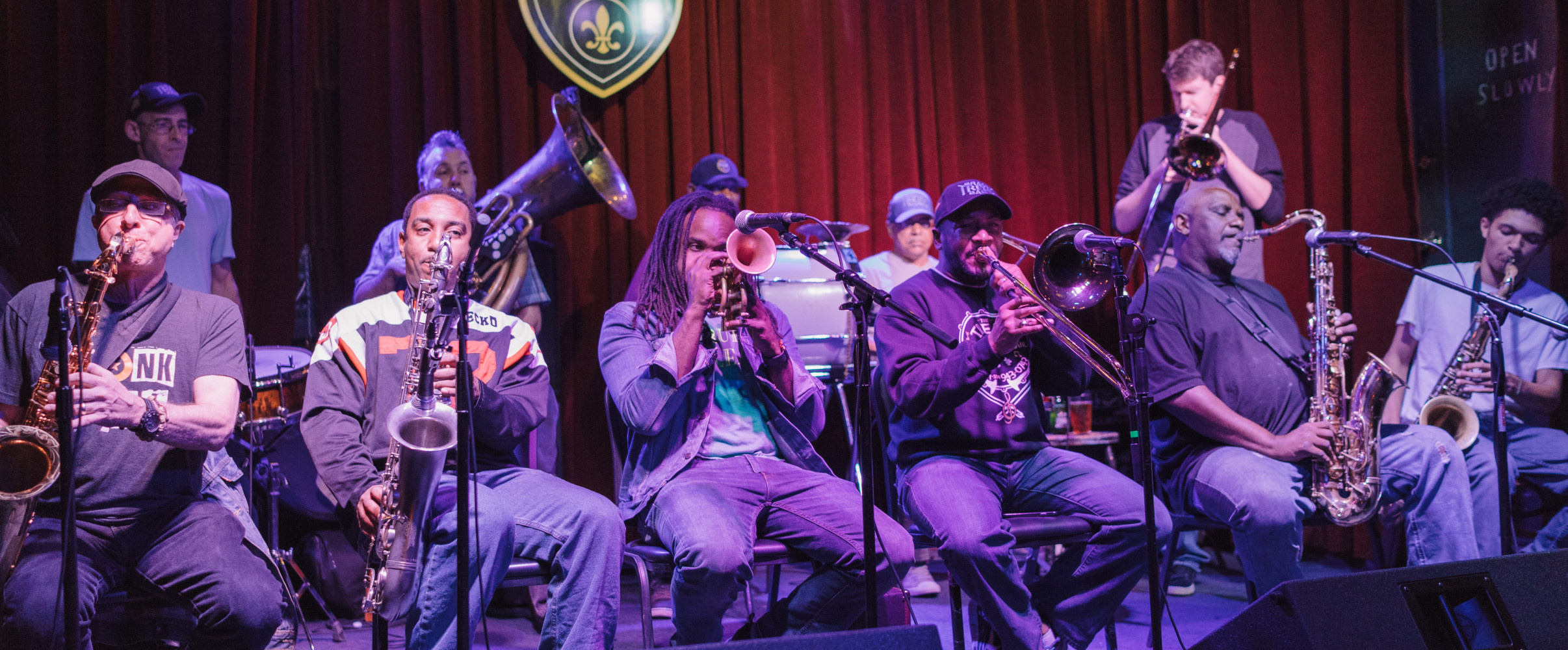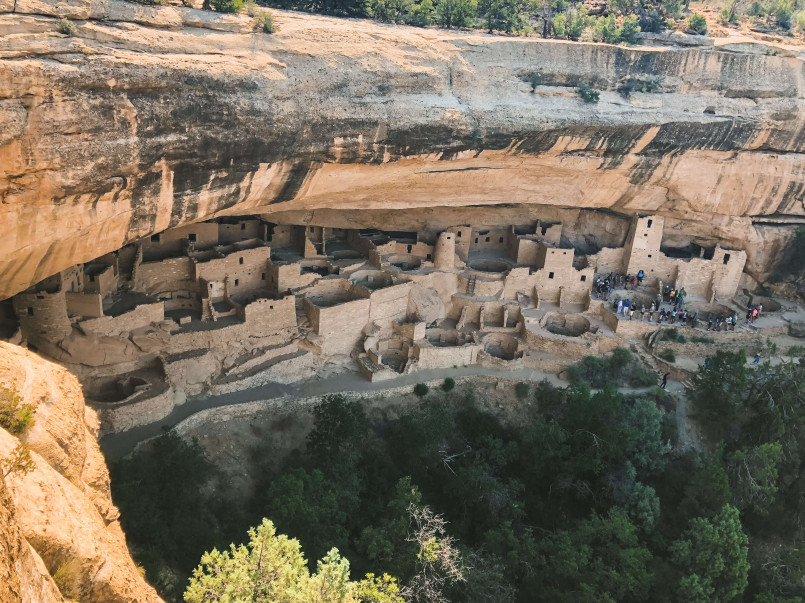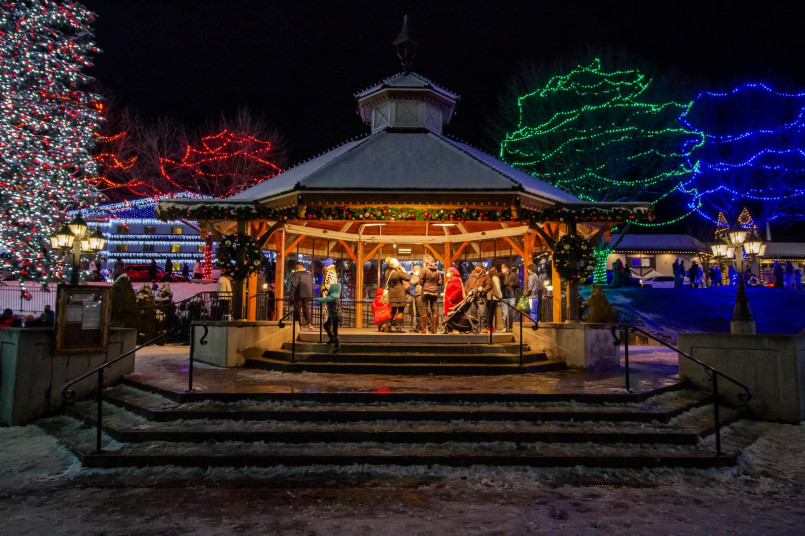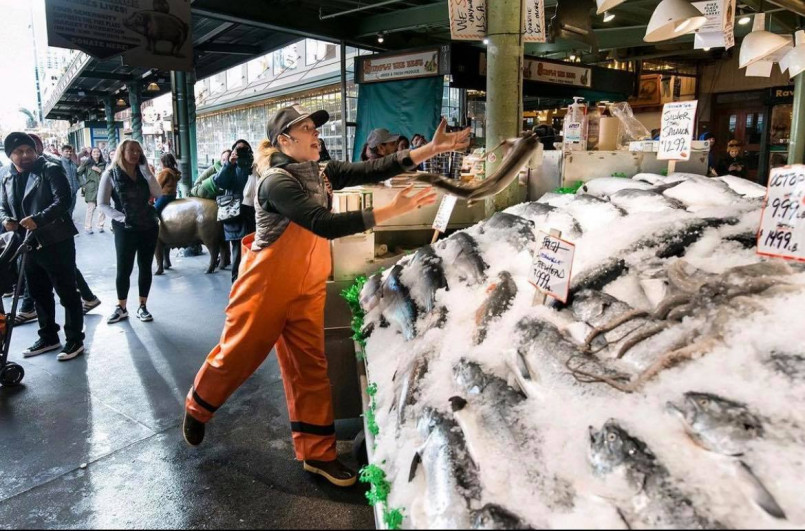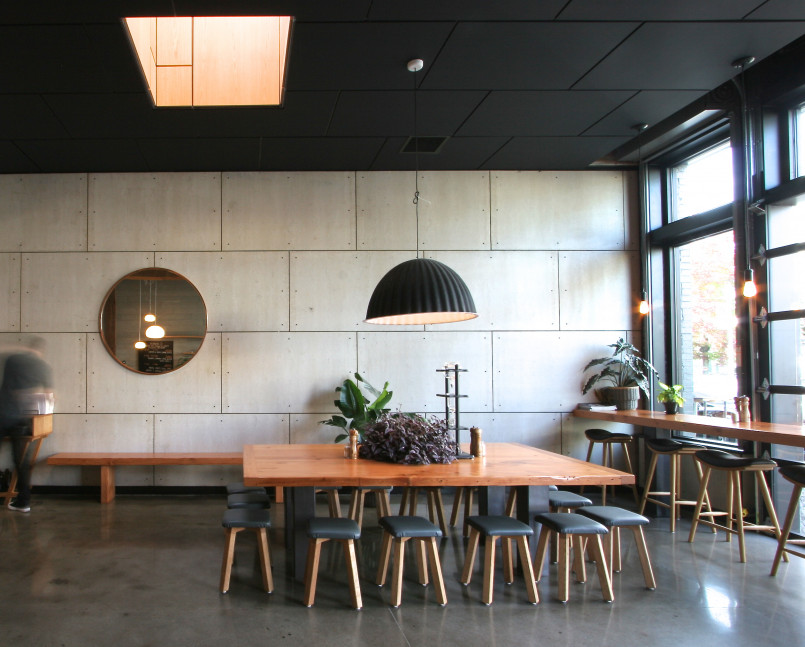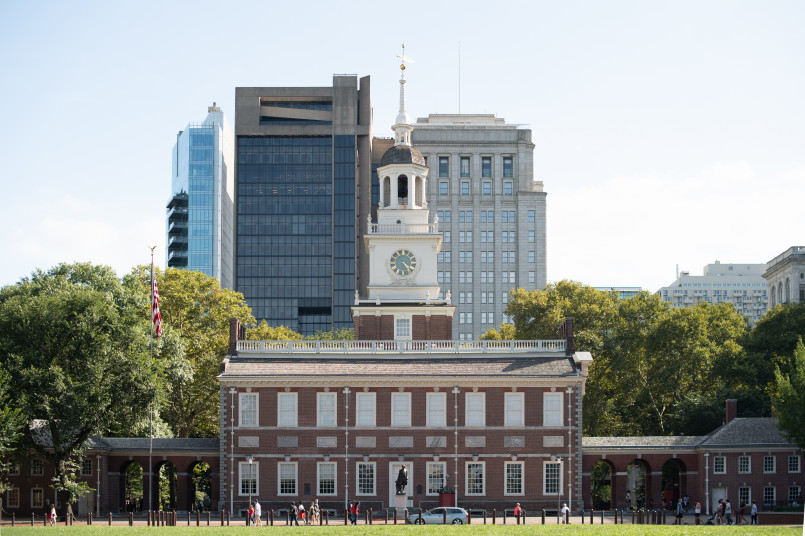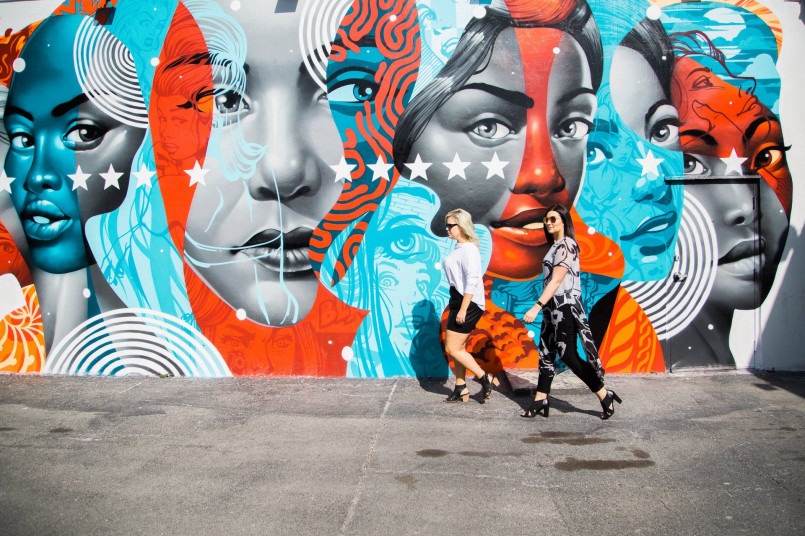Jazz, America's original art form, thrives in cities across the nation. From the birthplace of jazz in New Orleans to the experimental scenes of New York and Chicago, these cities offer unforgettable live jazz experiences in historic venues, modern clubs, and vibrant festivals.
Jazz pulses through America's cultural heart, a uniquely American art form that continues to evolve while honoring its rich heritage. The thrill of experiencing live jazz-where improvisation meets tradition in real-time-remains unmatched in the digital age. While jazz can be found nationwide, certain cities stand as beacons of jazz excellence, offering exceptional venues, talented musicians, and atmospheres steeped in musical history.
From smoky basement clubs to grand concert halls, these cities provide the perfect backdrop for jazz's continuing story. Whether you're a dedicated aficionado or curious newcomer, these destinations offer immersive experiences into America's most sophisticated musical tradition.
New Orleans: Birthplace of Jazz
No jazz pilgrimage is complete without visiting New Orleans, where jazz was born in the early 20th century. The city's French Quarter remains the beating heart of traditional jazz, with Preservation Hall standing as a temple to acoustic traditional jazz since 1961.
Frenchmen Street offers a concentration of exceptional venues including The Spotted Cat, Snug Harbor, and d.b.a., where you can hear everything from traditional New Orleans jazz to more contemporary interpretations. The city's signature brass band tradition thrives both in clubs and through impromptu street performances.
Visit during the New Orleans Jazz & Heritage Festival (late April/early May) for an unparalleled celebration of jazz alongside other indigenous Louisiana musical styles.
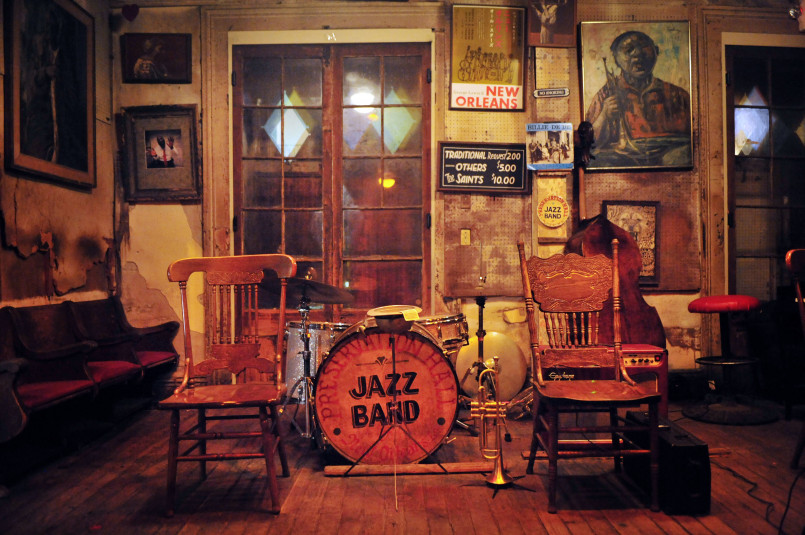
New York City: The Jazz Capital
While New Orleans birthed jazz, New York City became its proving ground and innovation center. The city boasts an unrivaled concentration of world-class venues and musicians, with both historic institutions and cutting-edge spaces.
The Village Vanguard in Greenwich Village has hosted legends since 1935, while Blue Note, Smalls, and Dizzy's Club (at Lincoln Center) showcase everything from bebop to avant-garde. Harlem's revitalized jazz scene connects to the neighborhood's storied past during the Harlem Renaissance.
New York remains the place where jazz evolves most rapidly, with Brooklyn venues like Barbès and Roulette pushing boundaries with experimental approaches.
Chicago: Home of Electric Blues and Jazz
Chicago's jazz history runs deep, particularly as the city where Louis Armstrong recorded his revolutionary Hot Five and Hot Seven sessions in the 1920s. The Great Migration brought Southern musicians northward, creating Chicago's distinctive sound that often blended jazz with urban blues.
The Green Mill, a former Al Capone hangout, remains Chicago's most atmospheric jazz club, while Andy's Jazz Club and the Jazz Showcase offer regular performances by local talents and touring artists. The Chicago Jazz Festival (Labor Day weekend) transforms Millennium Park into a jazz lover's paradise.
Don't miss the experimental sounds at Constellation, where Chicago's avant-garde tradition-exemplified by the Association for the Advancement of Creative Musicians (AACM)-continues to thrive.
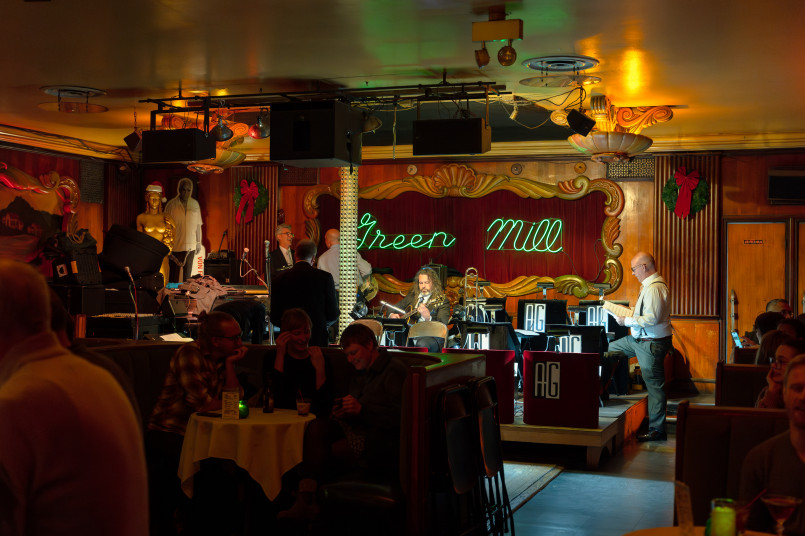
Kansas City: Swing Jazz Legacy
Kansas City's jazz heyday came during the Prohibition era when political boss Tom Pendergast allowed nightclubs and speakeasies to operate openly. This created fertile ground for the development of Kansas City swing, characterized by bluesy riffs and driving rhythms, with Count Basie and Charlie Parker among its most famous practitioners.
Today, the historic 18th and Vine District houses the American Jazz Museum and the restored Gem Theater. The Blue Room (inside the museum) and the Phoenix Jazz Club offer regular live performances, while the annual Charlie Parker Jazz Festival celebrates the city's most famous jazz son.
The distinctive KC style-with its walking bass lines and relaxed swing feel-remains influential in performances throughout the city.
Los Angeles: West Coast Cool
Los Angeles developed its own jazz identity with the birth of West Coast cool jazz in the 1950s, featuring more arranged compositions and lighter tones than East Coast bebop. The city's jazz scene benefited from Hollywood studio musicians and continues to blend diverse influences.
The Catalina Jazz Club in Hollywood presents mainstream jazz in an intimate setting, while bluewhale in Little Tokyo showcases more contemporary sounds. The historic Lighthouse Café in Hermosa Beach (featured in the film "La La Land") maintains its jazz tradition since the 1950s.
Angel City Jazz Festival celebrates the city's forward-thinking jazz community with performances across multiple venues, emphasizing innovative and cross-genre approaches.
Detroit: The Motown-Jazz Connection
Though often overshadowed by its Motown legacy, Detroit has a profound jazz history that produced legends like Kenny Burrell, Tommy Flanagan, and the Jones brothers (Hank, Thad, and Elvin). The city's blue-collar character influenced its hard bop sound of the 1950s and 60s.
Baker's Keyboard Lounge, established in 1934, claims to be the world's oldest operating jazz club and continues to present quality performances. The Dirty Dog Jazz Café offers an upscale jazz experience, while Cliff Bell's art deco interior provides the perfect atmosphere for classic jazz.
The Detroit Jazz Festival (Labor Day weekend) stands as the world's largest free jazz festival, transforming downtown Detroit into an outdoor celebration of the art form.
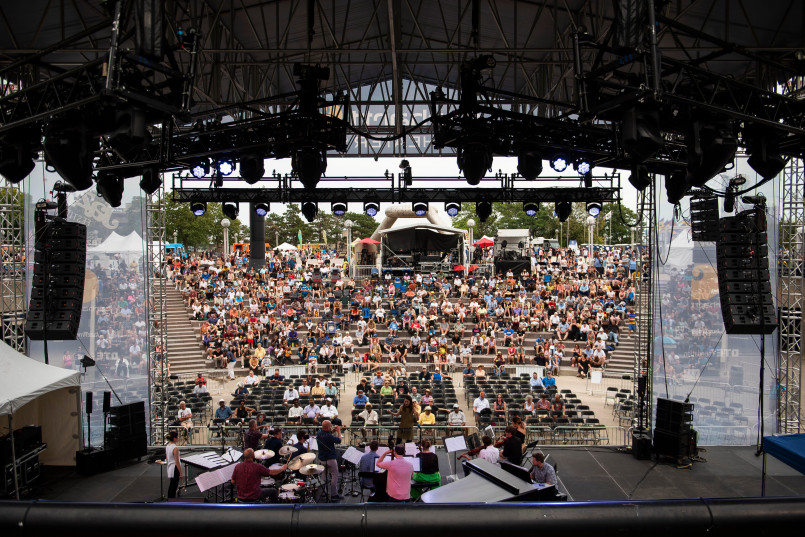
San Francisco: Jazz Renaissance
San Francisco's jazz scene has experienced a renaissance with the opening of the SFJAZZ Center in 2013-the first standalone building in America dedicated to jazz. This architectural marvel hosts performances year-round, complementing the city's established venues.
The historic Fillmore District was once known as the "Harlem of the West," where clubs hosted legends like Ella Fitzgerald and Duke Ellington. Today, clubs like the Black Cat in the Tenderloin and Mr. Tipple's Recording Studio carry on the tradition.
The city's progressive politics and artistic spirit have fostered experimental approaches to jazz, particularly evident at the annual SF Jazz Festival, which brings international artists to multiple venues.
Philadelphia: Harmony and Tradition
Philadelphia's jazz tradition emphasizes sophistication and harmonic complexity, producing giants like John Coltrane, McCoy Tyner, and the Heath Brothers. The city's proximity to New York allowed for cross-pollination while maintaining its distinct character.
Chris' Jazz Café stands as the city's premier jazz venue, offering performances nearly every night. The Philadelphia Clef Club of Jazz serves both as performance space and educational institution, while Time Restaurant provides a more intimate setting for experiencing local talent.
The city's jazz education legacy continues through institutions like the University of the Arts and Temple University, whose student performances often showcase tomorrow's stars.
Washington DC: Jazz History and Education
Washington DC boasts a rich jazz history, particularly associated with native son Duke Ellington and the vibrant U Street corridor once known as "Black Broadway." Today, the capital city balances historical appreciation with contemporary innovation.
Blues Alley, tucked in a Georgetown alley, has hosted jazz luminaries since 1965 in an intimate supper club setting. The Kennedy Center presents jazz in more formal surroundings, while newer venues like Twins Jazz and Sotto keep the club tradition alive.
The DC Jazz Festival (June) transforms the city with performances in traditional venues and unexpected spaces, including outdoor concerts along the waterfront.
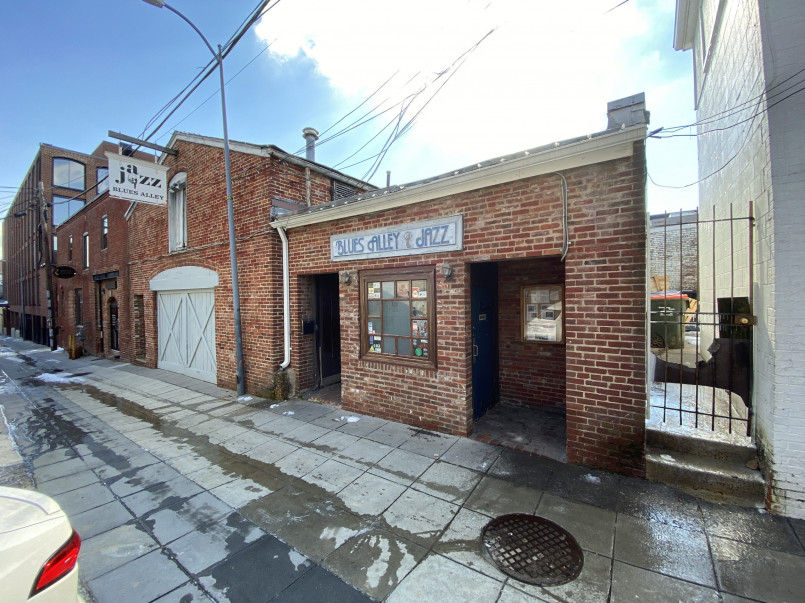
Memphis: Blues and Jazz Fusion
Memphis stands at the crossroads of blues and jazz, with Beale Street as its musical epicenter. The city's jazz scene has always maintained close ties to the blues, creating a soulful, emotional approach.
The Mollie Fontaine Lounge offers jazz in a Victorian-era mansion, while Lafayettes Music Room presents jazz alongside other genres in the historic Overton Square. Beale Street itself features jazz at clubs like King's Palace Café's Absinthe Room.
The Levitt Shell in Overton Park-where Elvis Presley gave his first paid concert-now hosts free jazz concerts throughout the summer, continuing the city's tradition of musical innovation.
Tips to Enjoy Live Jazz
To make the most of your jazz experiences across these cities, consider these insider tips:
1. Respect the music by limiting conversation during performances, particularly during quiet passages or solos.
2. Most clubs have a drink minimum, so budget accordingly.
3. Research before you go-venues often specialize in particular jazz styles from traditional to experimental.
4. Many top venues accept reservations, which are recommended for weekend performances.
5. Consider weeknight shows for a more intimate experience with often reduced cover charges.
6. Talk to locals, including musicians between sets, for recommendations on under-the-radar performances.
7. Look for afternoon performances or jazz brunches for family-friendly options.
8. Check university music departments for student performances that often showcase extraordinary young talent at affordable prices.
Frequently Asked Questions About 10 Best Cities to Experience Authentic Live Jazz in America
When is the best time of year to visit these cities for jazz?
While jazz can be enjoyed year-round in all these cities, festival seasons offer concentrated experiences. New Orleans peaks during Jazz Fest (late April/early May), while Chicago and Detroit shine during their Labor Day weekend festivals. Winter months often feature more intimate performances as musicians stay in town rather than touring, while summer brings outdoor concerts and neighborhood festivals.
Do I need to understand jazz to enjoy these experiences?
Not at all! Jazz is best experienced with open ears and an open mind. Many venues welcome newcomers, and some even offer brief introductions to performances. Start with more accessible styles like traditional New Orleans jazz or swing before exploring more experimental forms. Focus on your emotional response to the music rather than technical understanding.
Are these jazz clubs appropriate for families with children?
Many clubs have age restrictions, particularly in the evening. However, afternoon performances, jazz brunches, and most festivals are family-friendly. The New Orleans Jazz Museum, American Jazz Museum in Kansas City, and National Jazz Museum in Harlem offer educational experiences appropriate for all ages. Always check venue policies before planning a family outing.
How much should I budget for a night of jazz in these cities?
Costs vary widely. Cover charges range from free to $40 for premier artists, with most falling in the $10-25 range. Add drink minimums (typically $10-20 per set) and transportation. Budget-conscious travelers should look for free festival performances, jazz in public spaces, or weeknight shows at smaller venues. Many cities also have student discounts or happy hour jazz performances.
Which city should I visit if I'm new to jazz?
New Orleans offers the most accessible introduction to jazz, with its festive atmosphere and emphasis on traditional styles that maintain clear melodies. The musicians and venues there are accustomed to newcomers and the connection between the music and the city's culture is immediately apparent. Memphis also offers accessible jazz experiences that connect to familiar blues forms.
What's the difference between East Coast and West Coast jazz styles?
Historically, East Coast jazz (particularly New York) has been characterized as more intense, faster-paced, and hard-driving, epitomized by bebop and hard bop styles. West Coast jazz (especially Los Angeles) developed a 'cooler,' more relaxed approach with more arranged compositions and lighter tones. While these distinctions have blurred over time, you can still hear regional flavors in each city's approach to jazz.
